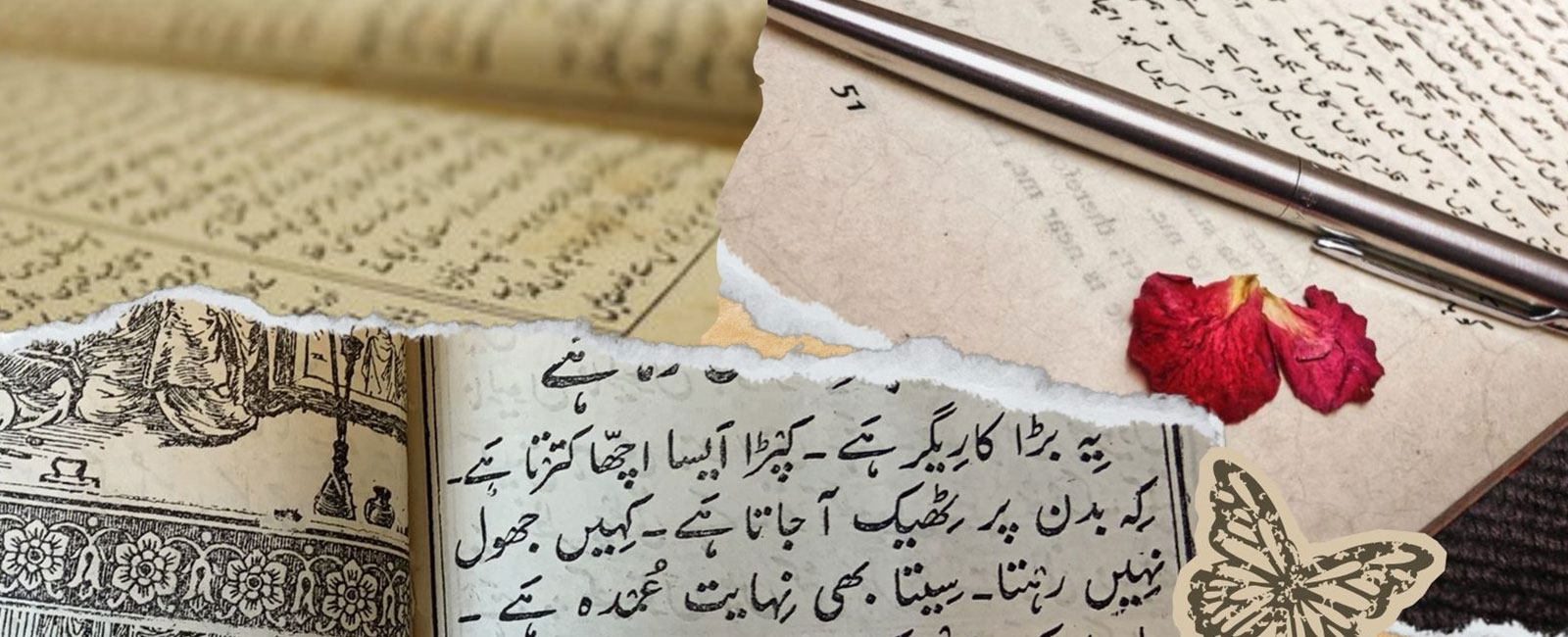The roots we carry become whispers of identity
Rumi said: "Life is a balance between holding on and letting go." My question is: How much should one hold on to, how much one must let go?

I vaguely remember taking an English lesson in an elementary class at my public school; the story we are learning is about a French teacher who would teach his class in his native language for the very last time. The pain and grief the teacher felt that day will vividly stay with me for the rest of my life.
***
My nani was from Amritsar, India. A mother of five, she gave birth to her youngest daughter, my mother, post-partition in my home country, Pakistan. Her first and last children were 17 years apart, and that left a huge age gap between the two of us. Yet, we shared a unique bond and a love language that was beyond words to tell.
She would share stories from Amritsar, we would make our own songs to sing and dance to, she would recite poetry that she had written; she was witty, young at heart, and would bless me with her uniquely crafted duas every day — prayers, that I would never hear again once she was gone.
My nani only spoke Urdu.
***
Home was a constant for me for the first two decades of my life. There was a sense of familiarity, almost an underlying certainty about everything that surrounded it: the same khokha (kiosk) at the end of the lane for small grocery shopping, with the owner, Khan, who we had seen over the years, transforming from an energetic young boy to a growing old man partly losing his hearing and sight; the famous Lahore snacks — dahi bhallay and samosa — stalls in the nearby streets that had been around forever; the trees that grew old with us, and witnessed our happy moments and sad, and everything in between. My home had always served as a nucleus for my existence.
In the last two decades of my life, change has been the only constant. We have lived in eight different houses, across countries and continents — each with its own national language. We have experienced unique cultures, learnt, unlearnt, and evolved personally and professionally, but I have consistently battled with one single, unaltered question: What is home?
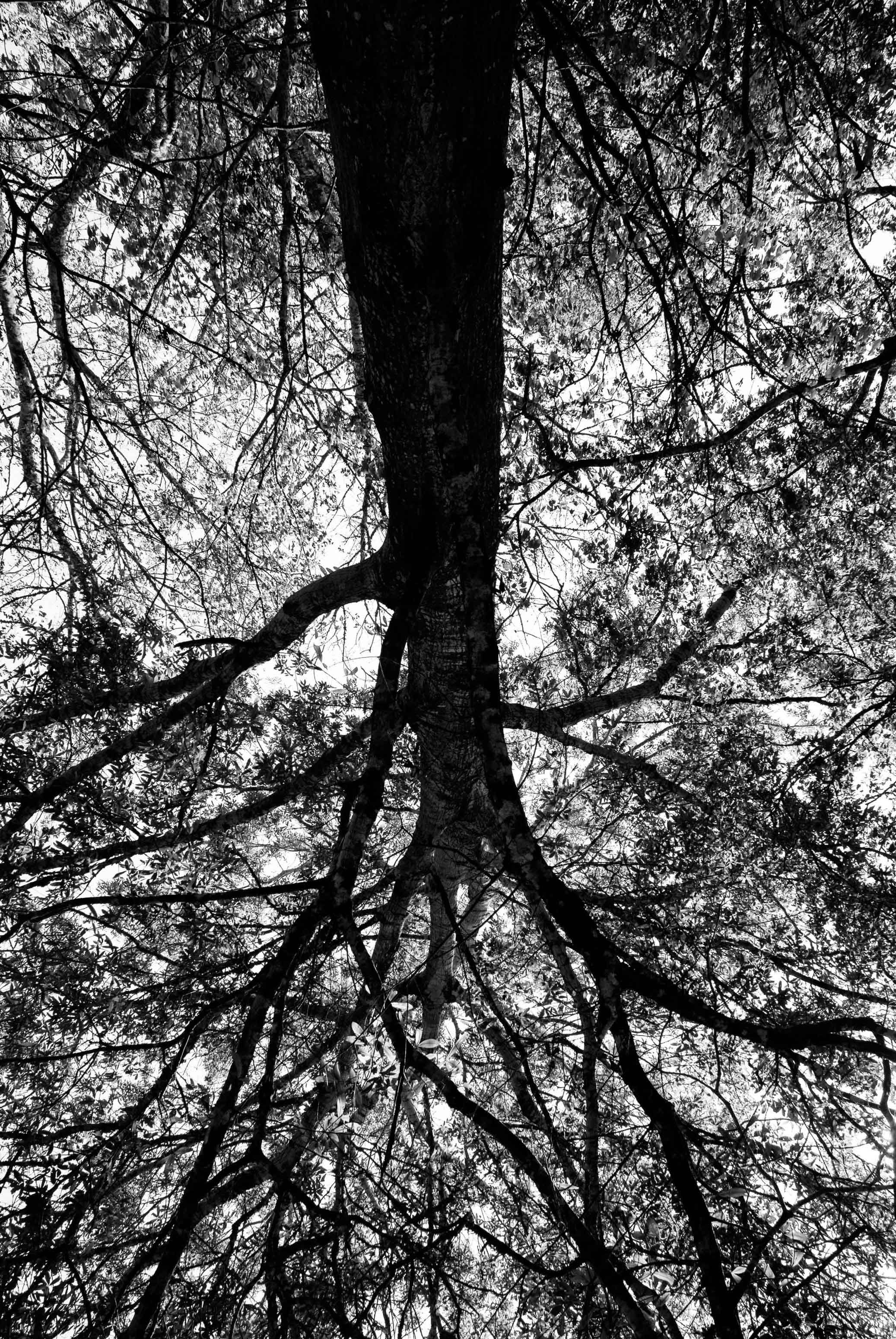
Simple as the question may seem, I find it masked with intricate complexities, an effort to debunk which, will only leave one with more questions than answers.
Is home one's birthplace, or where one raises her family? Is it the bricks and mortar, that one can touch? What happens when one migrates and leaves that physical space behind, at times, never to visit again? What about my nani's home, across the border, in Amritsar, distance to which from Lahore was much more complex than measuring in a mere two-digit number, access to which she had been denied?
If the physical form of one's abode is not accessible, does one then call home that which resides in one's memory — that no war or conflict, natural disaster or migration can take away? Just like I, who have held every home locked deep in my memory, or my nani, who had kept her home safe and preserved in her mind, that she could visit any time, without the need for permissions or crossing borders.
Are the experiences that turn into one's memory one's home then?
And is the one housing those memories home then?
You are home?
I am home?
I have gathered then that all the experiences I have ever lived reside inside of me and I carry my home wherever I go. I think.
***
Recently I learnt that Trinidad and Tobago, an island in the Caribbean and my current home, is one of the largest remaining nesting sites for the leatherback sea turtles in the world. The only remaining representatives of a family of turtles that traces its evolutionary roots back more than 100 million years, leatherbacks are the largest turtles on Earth and can grow up to seven feet long, and weigh up to 2,000 pounds.
Found in the tropic and temperate waters of the Atlantic, Pacific, and Indian Oceans, as well as the Mediterranean Sea, The National Geographic site tells us that leatherback turtles undertake the longest migrations between breeding and feeding areas of any sea turtle, averaging 3,700 miles each way.
After mating in the sea, females come ashore during the breeding season to nest on tropical and sub-tropical beaches.
"The nighttime ritual involves excavating a hole in the sand, depositing around 80 eggs, filling the nest, leaving a large, disturbed area of sand that makes detection by predators difficult, and finally returning to the sea. The temperature inside the nest determines the sex of the hatchlings. A mix of male and female hatchlings occurs when the nest temperature is approximately 85.1 degrees Fahrenheit, while higher temperatures produce females and cooler temperatures produce males," explains National Geographic.
But here is an interesting fact: "Female hatchlings that make it to the sea will roam the oceans until they reach sexual maturity, when they return to the same nesting areas to produce their own offspring."
I was baffled to learn this peculiar fact! Think about it, a leatherback turtle, having an expected life span of 40 to 50 years, could have spent up to 20 years wandering in the oceans, thousands of miles away, but would choose to come back to its own birthplace, when ready to reproduce!
It blows my mind when I think of it. The female hatchlings — those who outlast the high temperatures in the ground, survive the predators, making it to the sea — would explore their world for years, migrating thousands of miles, to observe, to learn and unlearn, to seek wisdom, only to return to its roots when ready to create another life, making a full circle. Why is that?
I cannot help but wonder if the years of migration make these wise leatherback turtles nostalgic, and the longing for their home brings them back to their birthing place. Why would they not choose any other place, but are attracted towards their own roots? Or, is it because, they want their next generation to have a strong sense of identity — an anchor — so regardless of how far they travel in the oceans, they know where to come back to?
***
Years later, I realised that the story that had such a profound impact on me as a child was The Last Lesson by the 19th century French novelist and short-story writer, Alphonse Daudet. The story is set in the Franco-Prussian War of 1870, with Prussia defeating France and taking over the French districts of Alsace and Lorraine.
On his way to school, Franz, the little boy, who hadn't prepared his lesson on participles for his French class, was afraid of being scolded by his French teacher, M Hamel. Once arrived, Franz observed the peculiar nature of the day at school, with the place being extra quiet, M Hamel dressed up as if for a special occasion, and the usual empty back benches being full with villagers to attend the class. Franz was completely oblivious of what was to come next.
M Hamel, otherwise strict, ignored Franz's late arrival to class, and in a grave and gentle tone said, "My children, this is the last lesson I shall give you. The order has come from Berlin to teach only German in the schools of Alsace and Lorraine. The new master comes tomorrow. This is your last French lesson. I want you to be very attentive."
***
Both of my children, who are now teenagers, were born in the United States. We would only speak our native language at home. I would make my children listen to Urdu poetry, explain its meaning — regardless if they even understood — and read Urdu stories to them. I would carefully curate content to expose them to the values I wanted them to learn — selective films, songs, poetry, quotes, books, TED Talks, and inspirational commencement speeches; it was an exacting task, and I was happy of my helicopter parenting, and clever toddlers' upbringing.
Did I do well? I will never know.
Once, I engaged in a passionate debate with a group of young people that millennials were the best generation and had contributed a lot to the changing world. The passion was arising for the fact that I was also considering myself a millennial, only to find out that I had missed the mark by a year! I, in fact, was Gen-X.
In our times, there were certain cultural etiquettes that we needed to adhere to. One of them was that we were to accompany our parents to their relatives and friends' houses, regardless if we really wanted to. It was a norm then, expected, so we wouldn’t argue about it. When we visited, we were all supposed to sit together generally in the host's drawing room — a formal seating area.
To date, I have clear memories of those countless trips. In hindsight, for an introvert like myself, who was not fond of much limelight, I liked that arrangement. Since the children were hardly seen or spoken to directly, it would give me a lot of time to just observe, listen, process, and learn.
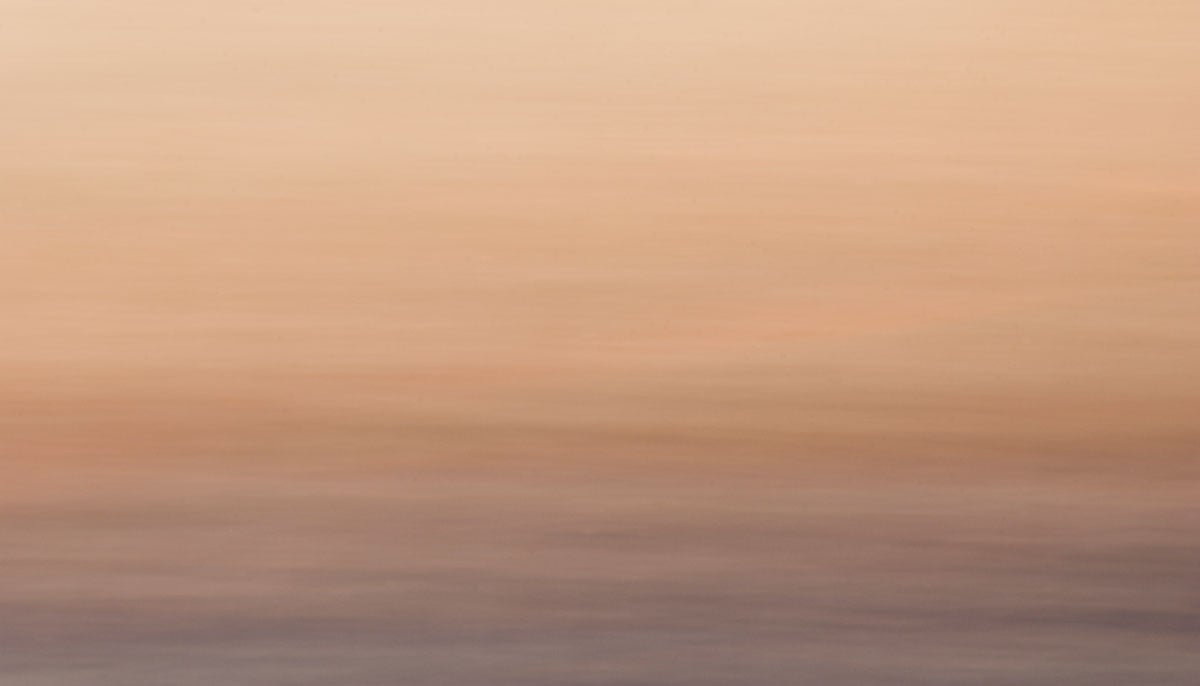
I remember a time when someone had shared a story of his friend, who gave a torn piece of paper to his son that had a world map printed on it and asked his young son to put it together. The son came back sooner than expected, so out of curiosity, the father asked him how was he able to figure it out that fast.
The son replied that he never looked at the map, instead, there was a picture of a person printed at the back of the paper that he was able to assemble rather quickly. The father told his son that he was proud of him and that he should remember, that in real life, too, if he were to build one person's life, he should think of it as mending the whole world.
I also remember the time we were invited for dinner at someone's place. There was an elder family member of the host visiting at the time. Being the storyteller that he was, he shared that when refrigerators first became common in private homes in India, everyone was excited about the newly invented machine that kept food cold. However, his mother was not happy to learn about the magical machine, he told us.
He explained that, before, whatever was cooked in the house, the family would eat, and the rest would be shared with others, sometimes with the neighbours, the fruit seller on the street, the postman delivering the post, or a poor man knocking at the door looking for some food for his children. There was barakah in that — God's blessing power. With this new technology, his mother thought, people would stop sharing their food with the rest.
The pool of countless valuable lessons has stayed with me since. These potent teachings generally pop up on their own, or I have the privilege to tap into them when in need.
My children belong to Generation Z, aka Gen Z, who grew up in the age of technology, and social media. For that generation, visiting families where they do not have company or similar interests, does not make sense. If you do convince them to tag along, they would have gadgets in their hands that can transport anyone anywhere, but the present.
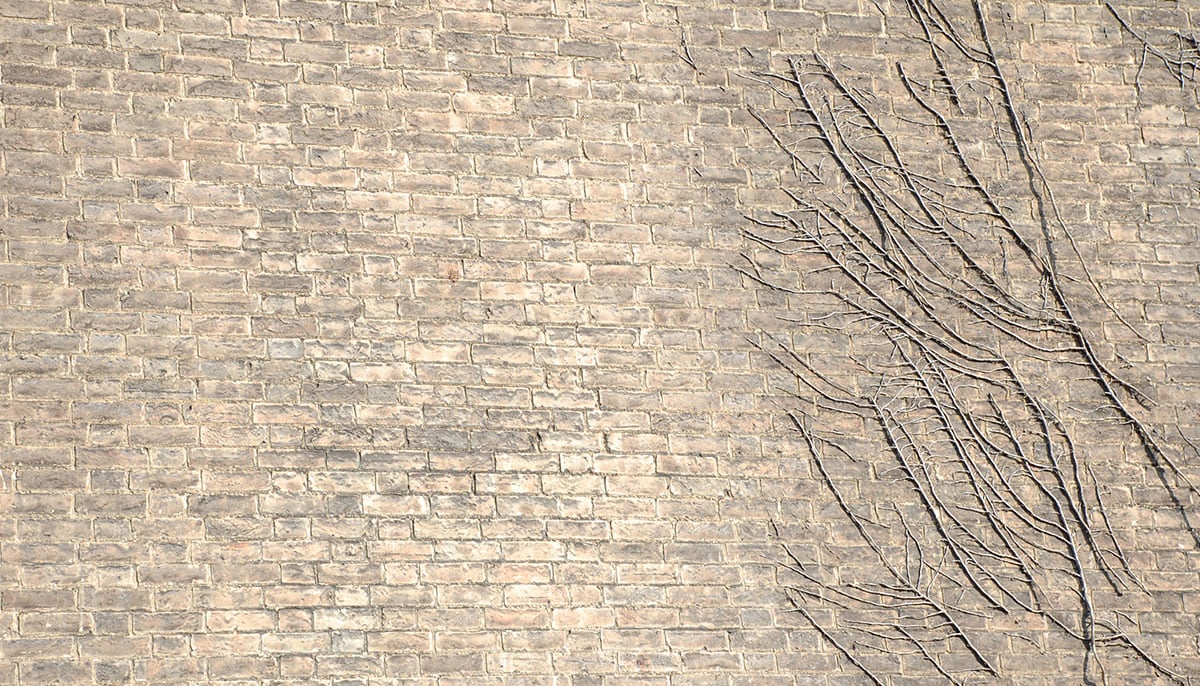
"For Gen Zers, the 'norm' they experienced as children was a world that operated at speed, scale and scope. They are pragmatic and value direct communication, authenticity and relevance. They also value self-care. They may be more likely than older people were when they were the age of the Gen Zers to question rules and authority because they are used to finding what they need on their own," says Roberta Katz, a senior research scholar at Stanford's Centre for Advanced Study in the Behavioral Sciences, along with her co-authors, based on their study in the US and Britain.
When life was slower and without much distraction — with no smartphones, iPods, iPads, or laptops to export us to different worlds — it forced us to be present, to observe, and to soak in cultural nuances. How could I ever pass on that mindfulness, those lessons, to my children, when they were not taught, but observed, and felt?
Kahlil Gibran, a Lebanese-American writer, poet, and artist, in his collection of poems in 'The Prophet', says On Children:
"For life goes not backward nor tarries with yesterday.
You are bows from which your children as living arrows are sent forth."
How does one bridge the gap between what seems to be a mere two-letter difference from X to Z, but what holds in itself, the distance of a lifetime?
Rumi, the 13th century famous Sufi mystic and poet is believed to have said: "Life is a balance between holding on and letting go."
My question: How much should one hold on to, how much one must let go?
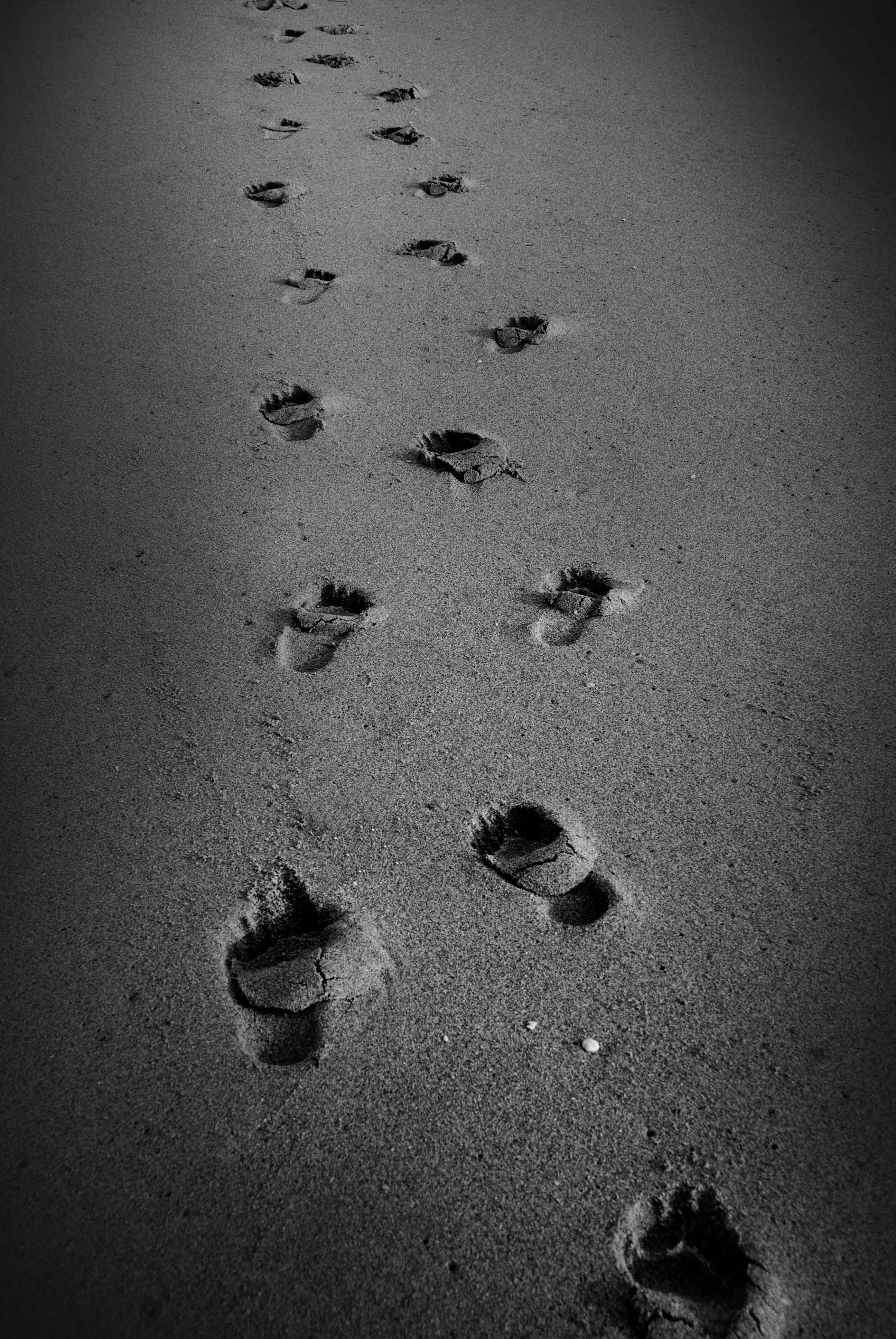
My children have never formally learnt my native language. They speak Urdu but can hardly write it. They might never understand or appreciate Urdu poetry fully. “What a loss!” I think. I may have preserved a little bit of language in them, but what about the next generation? Will their children have anything to do with the language that their grandmother, I, was in love with; will they share the same love language with me that I once shared with my nani?
In the story, The Last Lesson, M Hamel says, "I won't scold you little Franz; you must feel bad enough. See how it is! Every day we have said to ourselves. Bah! I've plenty of time. I'll learn it tomorrow."
***
In a blink of an eye, children grow up. Sooner than you realise what has happened, how it had happened. When you have to raise your head slightly to even look at them, you ask yourself, how is it possible, when only yesterday you had held them in your hands, for the very first time, that moment — you remember distinctly — that made you a parent.
Soon, my children will be off exploring the world on their own. They will travel, observe, learn, and unlearn. They will make mistakes. They will become wiser.
And I wonder, if like the leatherback turtles, they too would decide to come back to their roots, making a full circle. My hope is that they would, because, don't we all.
Mahwash Rehman is the creator of podcast Bachpan Ki Kahaniyan. She is also the author and photographer of 'Women in Green and Beyond', and writes on gender, empowerment and culture. She posts on X @mahwashr
— Header and thumbnail image by Geo.tv



